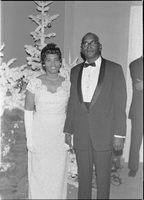Search the Special Collections and Archives Portal
Search Results






Set of photographs of Alpha Kappa Alphas posing for advertisement: image 009
Date
1969
Archival Collection
Image

Set of photographs of Alpha Kappa Alphas posing for advertisement: image 010
Date
1969
Archival Collection
Image

Set of photographs of Alpha Kappa Alphas posing for advertisement: image 011
Date
1969
Archival Collection
Image

Set of photographs of Alpha Kappa Alphas posing for advertisement: image 012
Date
1969
Archival Collection
Image

Set of photographs of Alpha Kappa Alphas posing for advertisement: image 013
Date
1969
Archival Collection
Image
Pagination
Refine my results
Content Type
Creator or Contributor
Subject
Archival Collection
Digital Project
Resource Type
Year
Material Type
Place
Language
Records Classification
